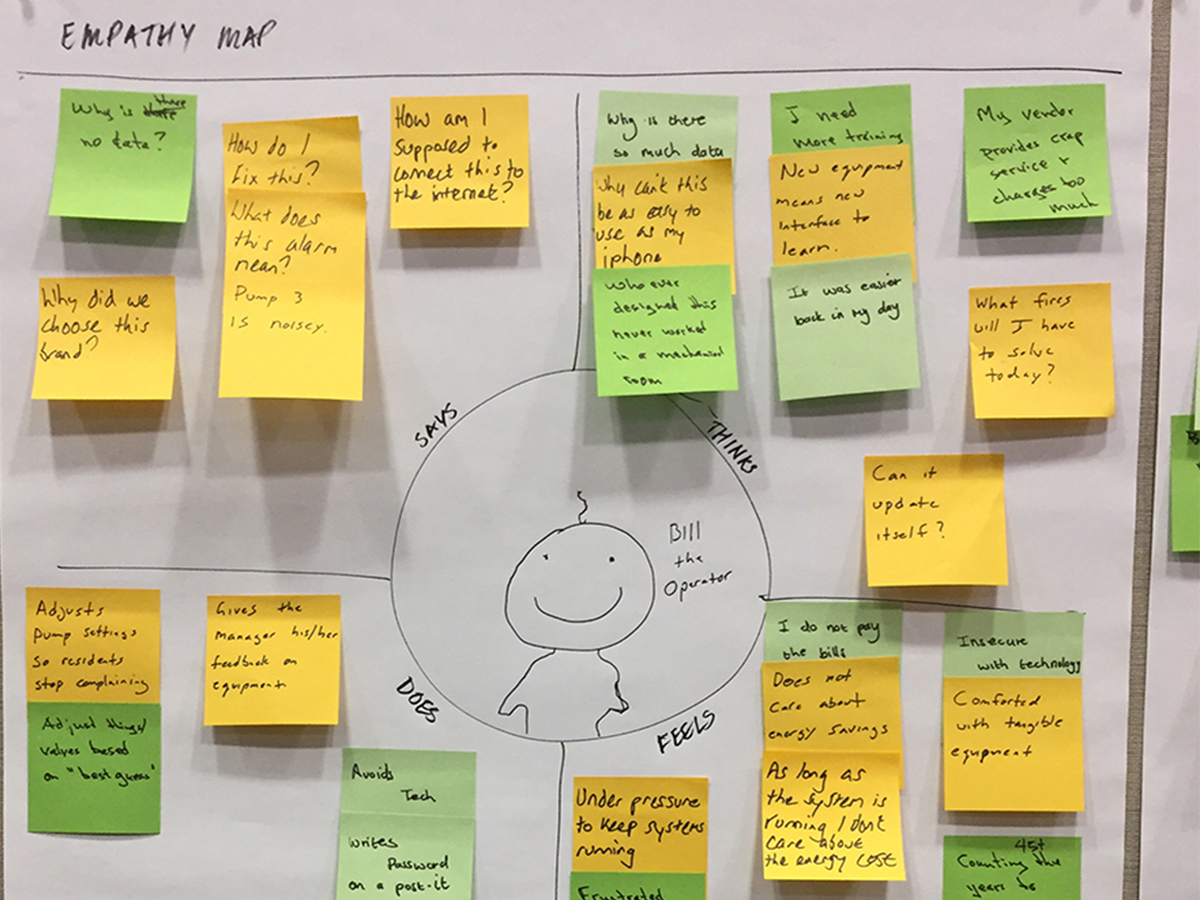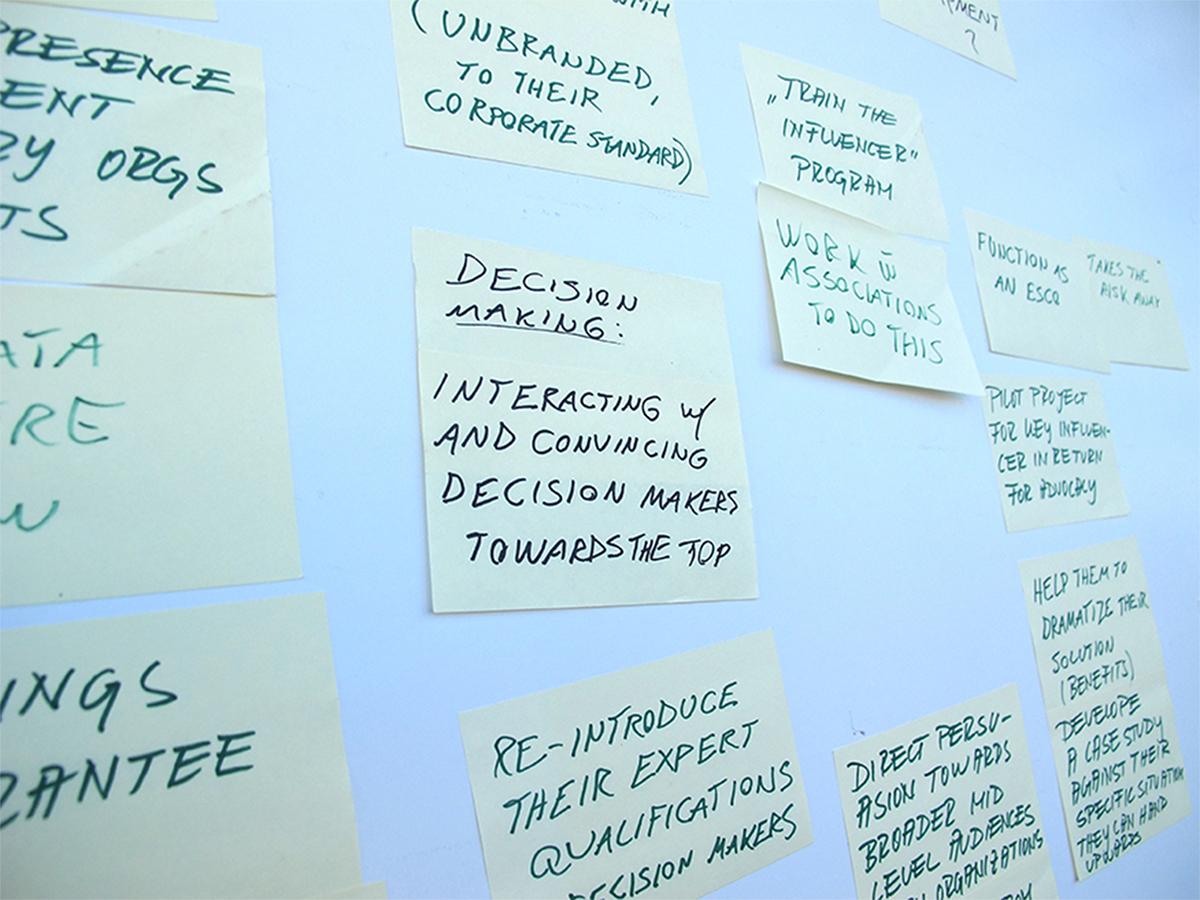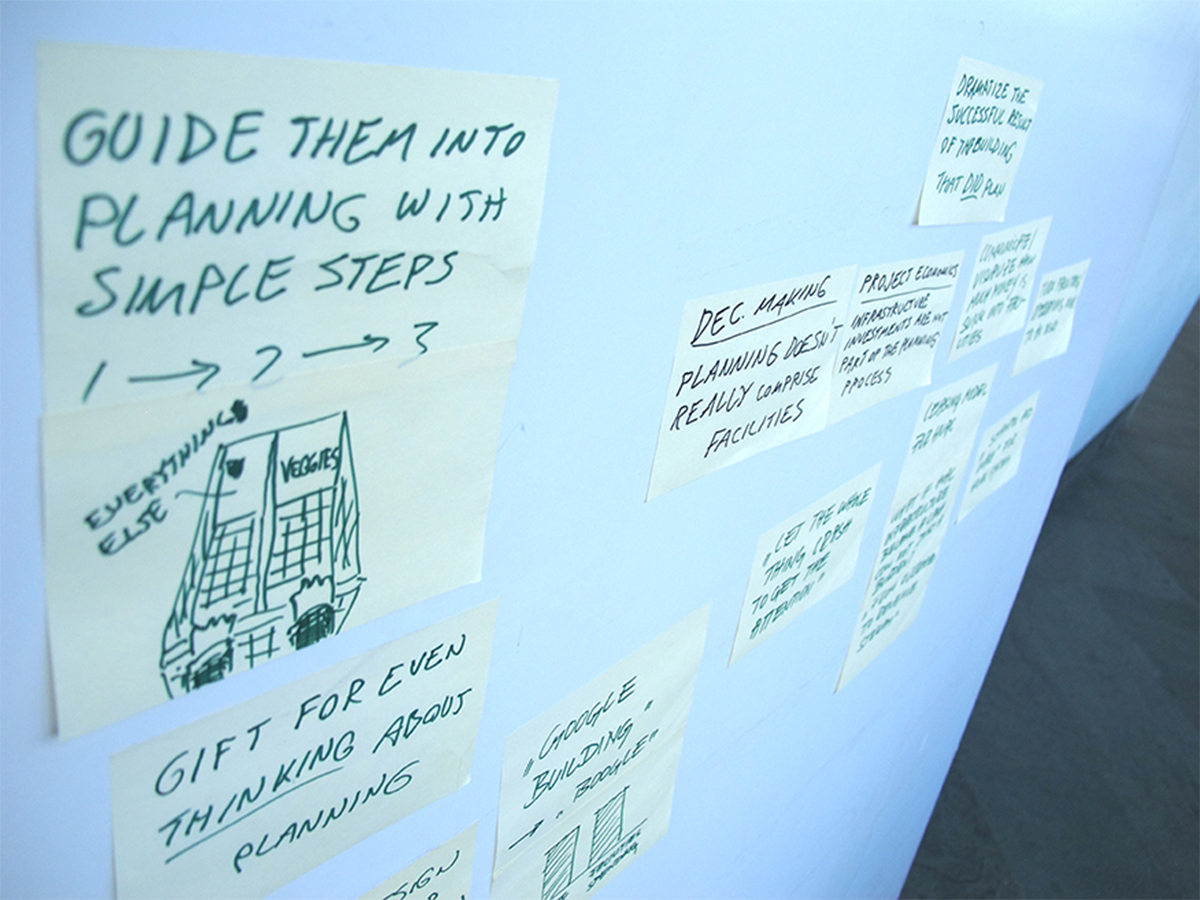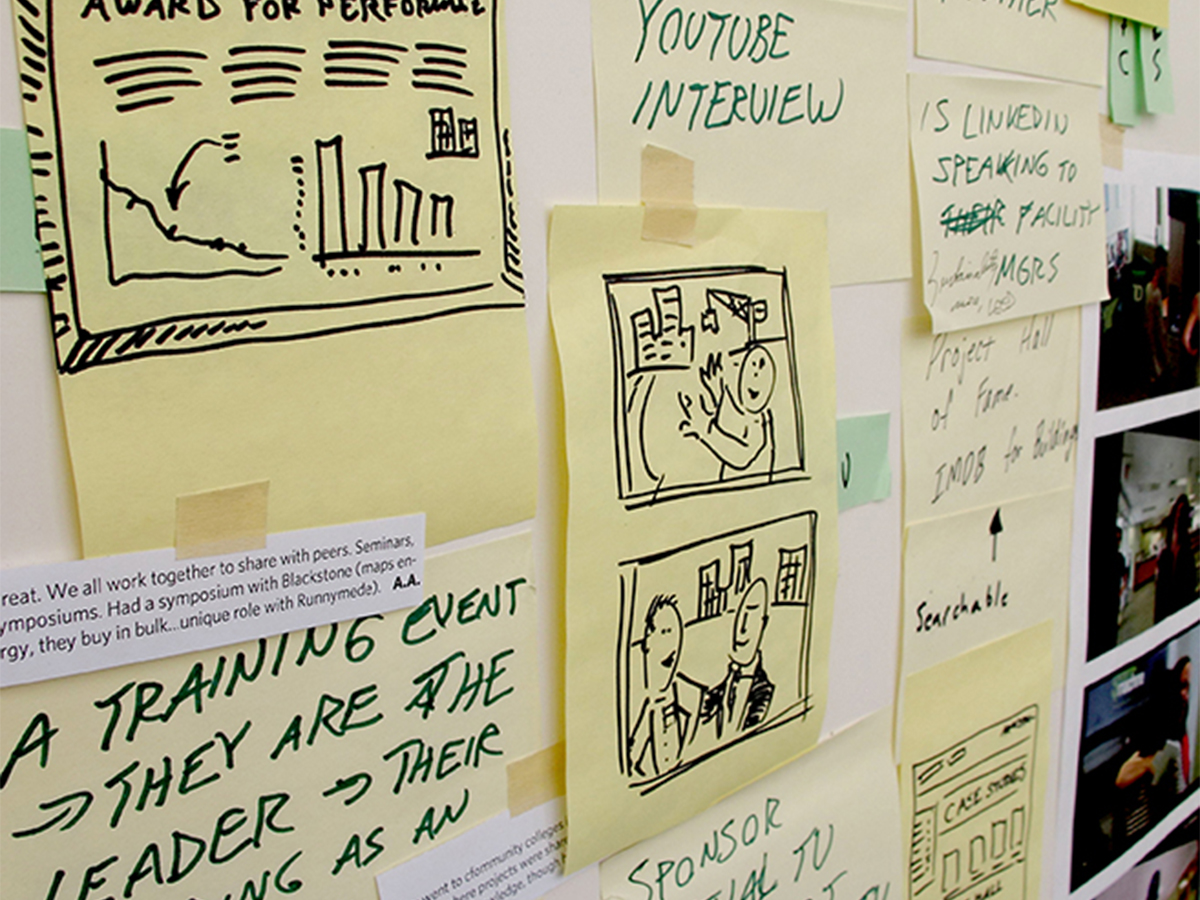
For the past several years, I have continued my lifelong passion for learning and working in design, a passion which began in high school and has ushered me through college, university, continuing education, and my professional career. I began by learning the fundamentals of art at Sheridan College, then gaining a deeper understanding and skill level of design at York University from which I earned an Honours Bachelor of Design. Once I entered the workforce, I applied the practice of looking at and approaching problems differently in various environments as a designer, before deciding to enhance my growing ability and understanding of bringing design, business, and people together with further education. In Ryerson University’s Certificate in Design Management, I am nearing the end of a phase in my studies where wisdom gained from a closer look at the management of design, as well as the principles of marketing, project management, organizational behaviour, and even psychology have enriched my perspective on how design and innovative thinking can be influenced by new areas of knowledge of business systems and of people.
The certificate in design management at Ryerson University in particular has greatly enhanced my soft skills with people and project management frameworks that have a meaningful influence on the practical considerations in making design experiences come to fruition, where stakeholders present themselves or are called upon to be part of the solution. In studying what is called ‘design thinking’, I have attended lectures at the Rotman school of business to hear design luminaries such as David Kelley of IDEO and Donald Norman discuss design’s special role in business, and how design must change the way organizations survive through creating innovative experiences. IDEO and lessons from Design Thinking class in particular have informed my thoughts around design thinking as a process, where creative insights gathered from individuals throughout an organization can greatly enhance a project, and can ultimately redefine the culture of that business if the wisdom of this thinking is applied universally.

At Armstrong Fluid Technology, an engineering and design company where I work as a corporate identity expert alongside a distinguished designer responsible for global branding initiatives, advancing innovation is a challenge that we continually embrace. Part of the challenge lies in the multiple diverging understandings of what innovation truly means. In an engineer’s mind, innovation might stand for one thing, while a product manager might hold a different definition, while the chairman may envision something else entirely. Ultimately, all the understandings of what innovation might be taken as a whole should be broad in scope, comparing well to how a true innovator on the forefront of cultural change would understand what is necessary to change the future.
Much progress has been made at Armstrong in recent years in the efforts of a newly-created global design team, which implements design thinking in as many facets of the business as possible. As part of this team, I have been involved in instituting a more process-driven plan for envisioning communication pieces and designed experiences that begin with more focused reflection, followed by a implementing a coherent design aesthetic that visually bridges different aspects of the corporate brand together. A global brand standards guide has been created to introduce a foundation of corporate visual elements that addresses typography, colour and information design for both graphic design and products, as well as a grid structure and template resource to make a greater design efficiency and avenues for creativity possible. Design Thinking is a framework of tools and strategies to take design’s influence even further, and I have taken what I have learned at Ryerson in Design Thinking and applied this process in my work .
Insights which we feel will lead to a breakthrough customer
experience are pulled from many interview notes, and the
beginnings of a designed experience are envisioned
It starts with a ‘deep dive’ into finding unmet customer needs; insights which can be gained from asking the kinds of broad questions about customer’s daily activities which are not usually sought after by the industry of which Armstrong is a part of. Understanding customer needs and the new opportunities that can be realized to champion their wants by implementing breakthrough ideas is more than a traditional interpretation of what a customer need is (a request from a customer that is fulfilled in the next product version.) This effort will lead to new questions that were not considered before – questions that require new answers; a re-framing of the opportunity. From here, insights which we feel will lead to a breakthrough customer experience are pulled from many interview notes, and the beginnings of a designed experience are envisioned together. At the same time, stakeholders that can influence the project both internally and externally are mapped out, with a keen interest in fulfilling their needs as well, as the success of the project can only be ensured within a system that supports it. Through exploration that includes rapid prototyping, where multiple ideas are tested, discarded and selected, an idea of the solution will take shape, and then come to fruition in a complete solution. This effort is followed by exploration of how such a designed experience can be implemented within the stakeholder system within the organization, where everyone involved has the opportunity to add value at each step, as well as understand their role within the system and how it affects the end-user.


The ultimate goal is that these frameworks might see this innovative project through to reality, and also that these frameworks can be applied to other projects in the organization, in effect, changing the way we do business. The possibility that innovative thinking as practiced by designers could be applied to business as a strategic system of planning and innovation would be seen as a difficult concept to embrace by many in a traditional business hierarchy, though many case studies of design thinking successfully implemented in large and medium traditional organizations can be shown as persuasive evidence of its merits. I studied some of these companies in the Certificate in Design Management course at Ryerson, and ask myself what it could be like to replicate their lessons learned in a meaningful way with my clients.
David Kelly of IDEO, Heather Fraser of Rotman Design Works, and the authors of “Work-Well: Creating a Culture of Innovation Through Design”, who view innovation as involving people with different perspectives engaged in a diverse range of activities, have embraced Design Thinking as a means to breakthrough customer experiences. Innovation involves a greater dialogue from different players that might not ordinarily be asked to participate together on a high level in the kind of discussions that lead to breakthrough ideas. I would like to bring together these diverse experiences to engage in the kinds of activities that have resulted in success for companies that have had the courage to embrace design thinking as a fundamental business strategy that results in the kind of innovation that becomes a disciplined way of life; thinking that embraces new kinds of research, brainstorming and rapid prototyping, and brings them together into organizational processes. Resources have to be built up to make this effort possible, and sustained for the long-term, which means rethinking the traditional conceits of a traditional industrial enterprise. What is needed is an attitude of cultivation, rather than hard-headed control. Taking advantage of the problem-solving intelligence of employees, with the expectation that ideas can be tested and prototyped before being brought to the market, would ensure success and be the foundation of a new process.

To accomplish this, a significant change in direction can be taken initially on a trial basis, as we have attempted in our experiment at Armstrong. In a case study I read as a part of class, the Scott & Fyfe organization in the U.K., for example, has called on the most curious and open-minded individuals in the company from a cross section of talents in the hierarchy to form a multidisciplinary group to inaugurate an experimental journey of insightful collaboration leading to the delivery of a product or system. The vision at Scott & Fyfe was that this activity at the grass-roots level would cause a ripple effect that makes the attributes of design thinking methodology visible to the whole company, contributing to “a more distributed leadership model with insights and actions on business improvement coming from across the company.” These activities can influence every facet of a company to ensure success and growth for years to come by engaging minds in a common ambition that results in the fruition of people’s creative efforts. It is a process of creativity, but with rigorous discipline, as I described earlier: creative solutions are made real through a strategy to guide efforts into something tangible that can be tested and implemented as a business system.
It is hard to say whether only designers can use these frameworks at their highest level of effectiveness. I like to think that these tools can be used by a cross section of many people in ways that can thoroughly change mindsets about how to approach projects and creating customer value. It all starts with one project approached with Design Thinking, and in grass-roots fashion, others follow on the success of an effort that keeps people first.
With the advantages of design thinking having proved themselves through the new methodology, organizations can take the determined step in this direction where these results can be possible on an ongoing basis. A strategic business design that embraces ongoing development activity should eventually become permanently embedded within the organization’s everyday practices. The result is the consistent creation of innovative experiences seamlessly integrated for customers, difficult to replicate by other organizations in the industry. Within the organization, there would have occurred a breaking down of barriers that used to exist between silos of employees involved in different skills. A culture of experimenting and prototyping in a safe environment where failures are learned from should become a new way of thinking, as opposed to projects being rushed into production or ineffectively cobbled together. This system will hopefully inspire key learning moments, where workers discover a new way of doing things, and embrace a creative, solution-oriented mindset that constantly looks for new opportunities to surprise customers. This means increased freedom, of thought, speech and action in a flexible but disciplined framework that encourages employee engagement in innovation.

As an employee or person involved in a system or organization, rather than functioning as a breed of project manager, I see myself functioning as an innovation executive (or something less defined;) as someone valued for key insights in design thinking who can assist the process at any level. The kinds of jobs open to those graduating from the program might indeed be invented for the individual within an organization; that there are many possibilities that can emerge as the result of a human-centred, insight-fostering education. My future role will be especially important in communicating the goals and positive benefits of innovative systems at the outset of an organizational change that might embrace design thinking, which for many people will be untried and difficult to embrace. The role will require empathy to introduce people to the new system in a way that is encouraging and sensitive to those who have only known traditional thinking and working methods.